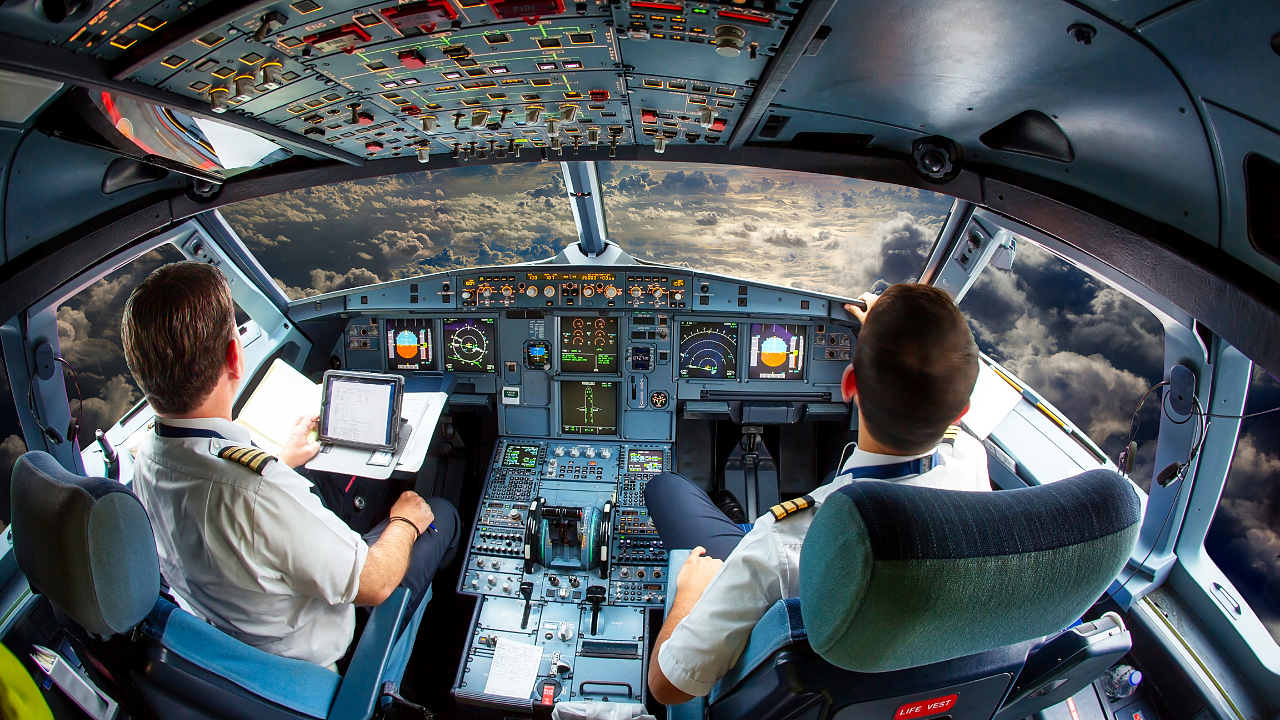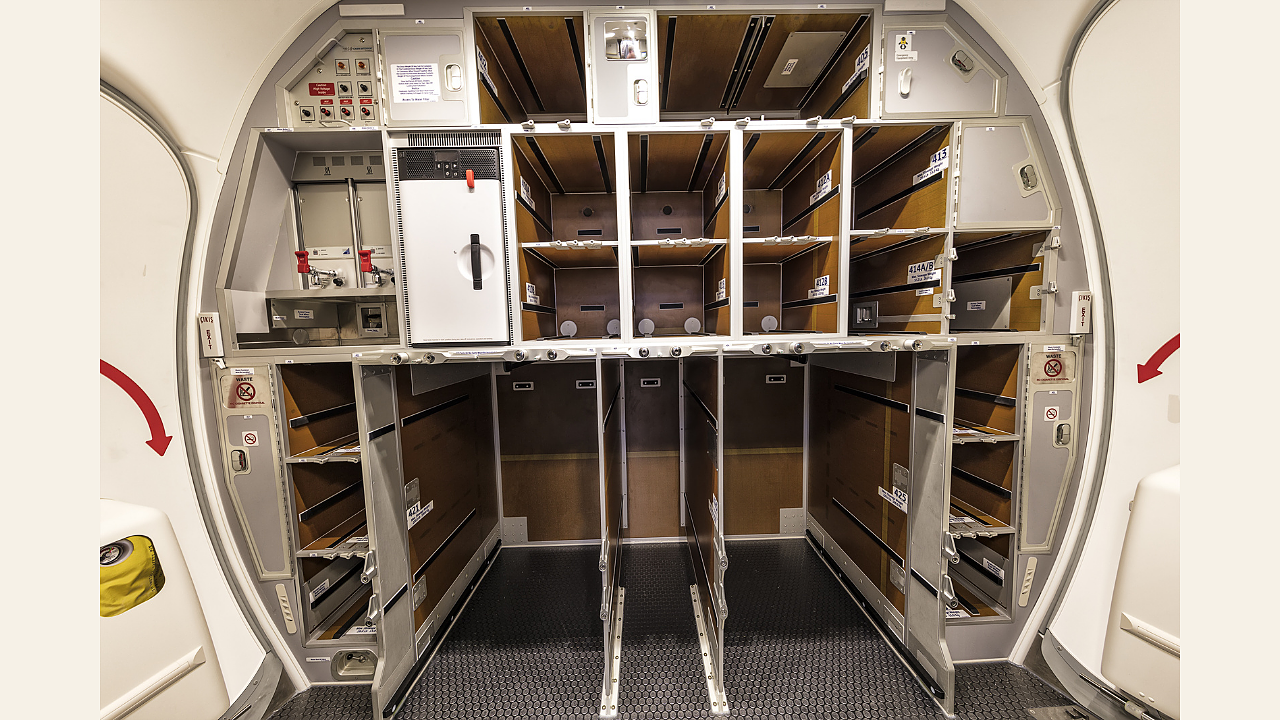
Impacted by COVID-19, the aerospace thermoplastics market will witness marginal growth and expected to reach $0.3 billion by 2026, says Stratview Research.
The report on Aerospace Thermoplastics Market researched to segment and comprehensively analysed the market to provide a panoramic view to the user industry. It analyses aerospace thermoplastics in terms of the types of aircraft, resin, engineering/standard thermoplastics, application, form and by region (North America, Europe, Asia-Pacific, and Rest of the World), trend, forecast, competitive analysis, and growth opportunity between 2021-2026.
This strategic assessment report provides a comprehensive analysis that reflects today’s aerospace thermoplastics market realities and future possibilities for 2021 to 2026. The strategic report also studies and analyses the impact of COVID-19 on the market and provides a detailed overview of the possible market recoveries in the long run. The vital data/information provided in the report can play a crucial role for market participants as well as investors in the identification of low-hanging fruits available as well as formulate growth strategies.
The supply chain of this market comprises raw material suppliers, aerospace thermoplastic manufacturers, compounders, prepreggers, tier players, aircraft and engine OEMs, airlines, and MRO companies. Key players in the market include Solvay S.A., Victrex, BASF SE, China Lumena New Materials, DIC Corporation, SABIC, Toray Industries, Evonik Industries and Arkema S.A.

Market highlights
The aerospace thermoplastics market has consecutively registered growth between 2015 to 2018. In 2019, the market witnessed a pause in its growth, primarily due to the grounding of B737 max after two fatal crashes and delays in the market entries of upcoming aircraft programmes such as B777x. The industry stakeholders were anticipating the year 2020 as an impressive year. However, the rapid spread of COVID-19 changed the market dynamics completely. The pandemic has devastated the entire supply chain of the airline business with a massive drop in air travel, reducing the airlines’ revenue and enduring an additional cost of maintaining their grounded aircraft fleets. As per the latest estimates of IATA, the airline industry is recording a possible loss of 65.9% in RPKs - revenue passenger kilometre - in 2020 from 2019.
Based on the results of primary interviews coupled with past recovery trends of previous downturns caused by recession and pandemics (Great Recession, SARS, and MERS) suggests that the market for aerospace thermoplastics will mark an overall tick-shaped recovery with a deeper curve than previous downturns. The market participants are still optimistic about the long-term market outlook with a plethora of opportunities across regions. An expected recovery in the GDP to revitalise the positive waves, huge order backlogs by Airbus and Boeing, B737 Max’s approval from FAA and other bodies, and COMAC C919 and Irkut MC-21’s expected entries assist the prompt recovery of the aerospace thermoplastics market. Other demand boosters are market entries of new aircraft and large aircraft fleet size, helping the market to reach approximately US$ 0.3 billion in 2026, the report stated.
Today, thermoplastics have earned a substantial position in all the end-use industries, including the aerospace industry. Although the aerospace industry represents a small share of less than 1% in terms of volume of the total thermoplastics market, it has effectively gained enough buzz in the market, propelled by its eye-catching growth rate. Of course, it is undeniably one of the fastest-growing markets among all end-use industries.
According to the report, all the platform types recorded severe declines in 2020, except spacecraft in the wake of the pandemic. Among all platform types, commercial aircraft, regional aircraft, and general aviation are the biggest victims of the pandemic. However, the military aircraft segment to record a relatively low decline in the year 2020.

Despite logging a massive decline in 2020, the commercial aircraft segment is likely to maintain its dominance in the market during the forecast period. Both Boeing and Airbus have huge order backlogs of 11,179 aircraft (Airbus: 7,163 and Boeing: 4,106) as of January 2021 and as per the new Boeing outlook suggesting that deliveries of 43,110 new aircraft during 2020-2039 are likely to resuscitate the demand for thermoplastics in the commercial aircraft segment in the long term, reports Stratview Research.
In terms of the resin type, the market is segmented as high-performance thermoplastics (HPTPs), engineered thermoplastics, and standard thermoplastics. HPTPs essentially comprises of PPS, PAEK Family, PASU Family, PEI, HPPAs, and others. Similarly, engineering thermoplastics are categorised into PC, PA, and others and standard thermoplastics into PP, PS, and others. HPTPs are likely to remain the most dominant and the fastest-recovering segment in the post-pandemic market developments in terms of value. HPTPs are gaining traction in the aerospace industry because of their better temperature stability, excellent chemical resistance, and higher mechanical properties. Among HTTPs, PPS is likely to maintain its lead in the market with a good CAGR during the forecast period.
Discussing the end-use application segments, the report states that the interiors are likely to remain one of the most dominant segments; on the other hand, assembly components to be the fastest-growing end-use type in the market over the next five years. In interiors, all three sets of thermoplastics (HPTPs, engineering, and standard) are used; however, their usage and applications are subjected to various parameters, including strength, toughness, cost, etc. For instance, engineered thermoplastics and standard thermoplastics are preferred in low load-bearing applications, such as dashboards, and cabinets, whereas HPTPs are preferred in parts requiring higher dimensional stability with excellent FST performance.
North America remains the largest market
The market is registering significant changes in regional dynamics in the post-COVID scenario. All regions to mark significant declines in aerospace thermoplastics’ demand in 2020. Despite severely hit by the pandemic, North America is projected to remain the largest market during the forecast period. The USA is anticipated to remain the largest market in North America and in the world throughout the study period (2015-2026), owing to the presence of major aircraft OEMs, tier players, raw material suppliers, and part fabricators.
Europe and Asia-Pacific are the other major markets and are also likely to experience hefty declines in the demand for thermoplastics in the aerospace industry in 2020.
Asia-Pacific is expected to log the quickest recovery in the market during the forecast period. The upcoming commercial aircraft programme (C919), the opening of assembly plants in China by Boeing and Airbus, and an ongoing shift in assembly plants of OEMs in the region are likely to create a healthy long-term demand for aerospace thermoplastics in the region.
Courtesy: Stratview Research.
NB: Photos are representational.